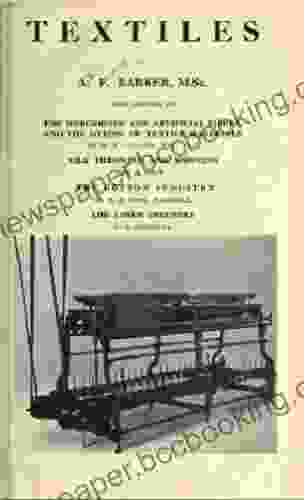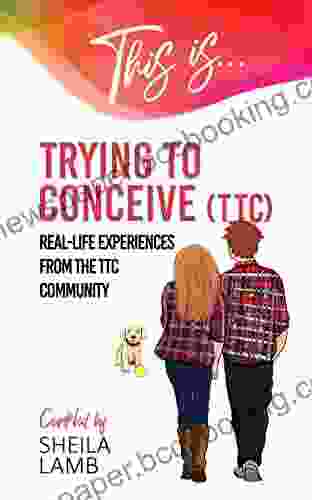Textiles: A Comprehensive Guide

The world of textiles is a vast and fascinating one, encompassing a wide range of materials, techniques, and applications. From the clothes we wear to the fabrics that furnish our homes, textiles play an integral role in our lives.
4.6 out of 5
| Language | : | English |
| File size | : | 2837 KB |
| Text-to-Speech | : | Enabled |
| Screen Reader | : | Supported |
| Enhanced typesetting | : | Enabled |
| Word Wise | : | Enabled |
| Print length | : | 406 pages |
This comprehensive guide will take you on a journey through the world of textiles, exploring their history, production processes, and countless applications. You will learn about the different types of fibers, from natural materials like cotton and wool to synthetic fibers like polyester and nylon. You will also discover the various methods used to create textiles, from weaving and knitting to dyeing and printing.
Whether you are a fashion designer, a home decorator, or simply someone who is interested in learning more about the world around you, this guide has something to offer. So sit back, relax, and let us take you on a journey through the fascinating world of textiles.
Chapter 1: The History of Textiles
The history of textiles is a long and winding one, dating back to the earliest days of human civilization. The first textiles were likely made from animal skins and plant fibers, and they were used for clothing, shelter, and other essential purposes.
Over time, textile production became more sophisticated, and new materials and techniques were developed. In the Middle Ages, Europeans began to use wool to make clothing, and they also developed the spinning wheel and the loom. These inventions made it possible to produce textiles more quickly and efficiently, and they helped to lay the foundation for the modern textile industry.
In the 18th century, the Industrial Revolution brought about even more changes to the textile industry. New machines were invented that could spin and weave textiles more quickly and efficiently than ever before. These machines made it possible to mass-produce textiles, and they helped to make them more affordable for the average person.
In the 20th century, the development of synthetic fibers revolutionized the textile industry once again. Synthetic fibers are made from chemicals, and they offer a number of advantages over natural fibers. They are stronger, more durable, and more resistant to wrinkles and fading. Synthetic fibers are also less expensive to produce than natural fibers, and they have made it possible to create a wide range of new and innovative textiles.
Today, the textile industry is a global one, and it is constantly evolving. New materials and techniques are being developed all the time, and textiles are being used in a wider range of applications than ever before.
Chapter 2: The Production of Textiles
The production of textiles is a complex and multi-step process. It begins with the cultivation of fibers, either natural or synthetic. Once the fibers have been harvested, they are cleaned and processed to remove impurities. The fibers are then spun into yarn, which is then used to create textiles.
There are a variety of different methods used to create textiles. The most common methods are weaving and knitting. Weaving involves interlacing two sets of yarn at right angles to each other. Knitting involves looping yarn together to create a fabric.
Once a textile has been created, it can be dyed or printed to add color and design. There are a variety of different dyeing and printing techniques, each with its own unique effects.
The production of textiles is a highly skilled process, and it requires a great deal of knowledge and expertise. The textile industry is also a major employer, and it plays a vital role in the global economy.
Chapter 3: The Different Types of Fibers
There are many different types of fibers used to create textiles. These fibers can be classified into two main categories: natural fibers and synthetic fibers.
Natural fibers are derived from plants or animals. The most common natural fibers are cotton, wool, silk, and linen. Natural fibers are biodegradable and renewable, and they offer a number of advantages over synthetic fibers. They are soft, comfortable, and breathable. They are also relatively easy to care for.
Synthetic fibers are made from chemicals. The most common synthetic fibers are polyester, nylon, and acrylic. Synthetic fibers are stronger, more durable, and more resistant to wrinkles and fading than natural fibers. They are also less expensive to produce than natural fibers.
The choice of fiber used to create a textile depends on the desired properties of the final product. For example, cotton is a good choice for clothing because it is soft, comfortable, and breathable. Polyester is a good choice for outdoor fabrics because it is strong, durable, and resistant to fading.
Chapter 4: The Different Methods of Creating Textiles
There are a variety of different methods used to create textiles. The most common methods are weaving and knitting.
Weaving involves interlacing two sets of yarn at right angles to each other. The warp yarns are the yarns that run lengthwise in the fabric, while the weft yarns are the yarns that run crosswise. The pattern of the weave determines the look and feel of the fabric.
Knitting involves looping yarn together to create a fabric. There are a variety of different knitting stitches, each with its own unique effect. Knitting is a versatile technique that can be used to create a wide range of fabrics, from stretchy t-shirts to warm sweaters.
Other methods of creating textiles include crocheting, embroidery, and lace making. These techniques are often used to create decorative or embellished fabrics.
Chapter 5: The Different Applications of Textiles
Textiles are used in a wide range of applications, from clothing and home decor to industrial settings.
Clothing is the most common application for textiles. Textiles are used to make all types of clothing, from everyday t-shirts and jeans to formal suits and evening gowns.
Textiles are also used in home decor. Textiles are used to make curtains, upholstery, bedding, and other home furnishings. Textiles can add color, texture, and style to any room.
Textiles are also used in industrial settings. Textiles are used to make filters, conveyor belts, and other industrial products. Textiles can also be used to reinforce materials and to create protective barriers.
The applications of textiles are endless. Textiles are a versatile and indispensable material that play a vital role in our lives.
Chapter 6: The Future of Textiles
The future of textiles is bright. New materials and techniques are being developed all the time, and textiles are being used in a wider range of applications than ever before.
One of the most exciting developments in the textile industry is the development of sustainable textiles. Sustainable textiles are made from environmentally friendly materials and they are produced using sustainable processes. Sustainable textiles are a more ethical and environmentally friendly option than traditional textiles.
Another exciting development in the textile industry is the development of smart textiles. Smart textiles are textiles that have been integrated with technology. Smart textiles can sense and respond to changes in their environment. They can be used to create interactive clothing, medical devices, and other products.
The future of textiles is full of possibilities. As new materials and techniques are developed, textiles will continue to play an increasingly important role in our lives.
The world of textiles is a vast and fascinating one. From the clothes we wear to the fabrics that furnish our homes, textiles play an integral role in our lives. This comprehensive guide has given you a glimpse into the history, production process, and countless applications of textiles.
We hope that you have enjoyed this journey through the world of textiles. We encourage you to continue exploring this fascinating topic on your own. There is much more to learn about textiles, and we are confident that you will find it to be a rewarding experience.
4.6 out of 5
| Language | : | English |
| File size | : | 2837 KB |
| Text-to-Speech | : | Enabled |
| Screen Reader | : | Supported |
| Enhanced typesetting | : | Enabled |
| Word Wise | : | Enabled |
| Print length | : | 406 pages |
Do you want to contribute by writing guest posts on this blog?
Please contact us and send us a resume of previous articles that you have written.
 Book
Book Novel
Novel Page
Page Chapter
Chapter Text
Text Story
Story Genre
Genre Reader
Reader Library
Library Paperback
Paperback E-book
E-book Magazine
Magazine Newspaper
Newspaper Paragraph
Paragraph Sentence
Sentence Bookmark
Bookmark Shelf
Shelf Glossary
Glossary Bibliography
Bibliography Foreword
Foreword Preface
Preface Synopsis
Synopsis Annotation
Annotation Footnote
Footnote Manuscript
Manuscript Scroll
Scroll Codex
Codex Tome
Tome Bestseller
Bestseller Classics
Classics Library card
Library card Narrative
Narrative Biography
Biography Autobiography
Autobiography Memoir
Memoir Reference
Reference Encyclopedia
Encyclopedia Junichi Takeno
Junichi Takeno Judith Cook
Judith Cook Karl E Weick
Karl E Weick Rickie Lee Jones
Rickie Lee Jones Robert Ferguson
Robert Ferguson Judy Delton
Judy Delton Kalman Applbaum
Kalman Applbaum Michael Renshaw
Michael Renshaw Philip Roy
Philip Roy Kat Anderson
Kat Anderson Judith Schiess Avila
Judith Schiess Avila Nicholas Thomas
Nicholas Thomas Kate Carlisle
Kate Carlisle Kai Harris
Kai Harris Judith Krummeck
Judith Krummeck Madeline Hunter
Madeline Hunter Ninaimsskaikkimaani
Ninaimsskaikkimaani William Wadsworth
William Wadsworth Kate Morss
Kate Morss Justin Farley
Justin Farley
Light bulbAdvertise smarter! Our strategic ad space ensures maximum exposure. Reserve your spot today!
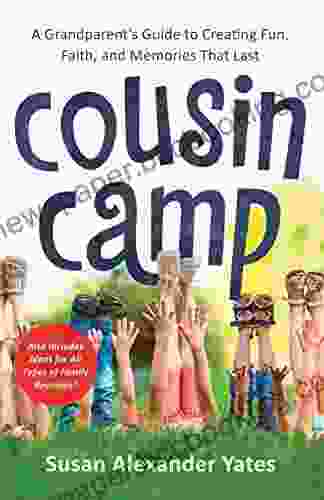
 Langston HughesThe Ultimate Grandparent's Guide to Creating Fun, Faith, and Memories That...
Langston HughesThe Ultimate Grandparent's Guide to Creating Fun, Faith, and Memories That...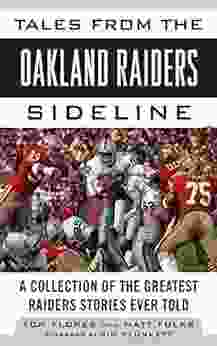
 Federico García LorcaStep Inside the Raiders' Den: An Unforgettable Journey with "Tales From The...
Federico García LorcaStep Inside the Raiders' Den: An Unforgettable Journey with "Tales From The... Alec HayesFollow ·7.7k
Alec HayesFollow ·7.7k Cormac McCarthyFollow ·9.2k
Cormac McCarthyFollow ·9.2k Jerry HayesFollow ·11.7k
Jerry HayesFollow ·11.7k Ian MitchellFollow ·7.9k
Ian MitchellFollow ·7.9k Cruz SimmonsFollow ·15.1k
Cruz SimmonsFollow ·15.1k Robert FrostFollow ·4.5k
Robert FrostFollow ·4.5k Jeffery BellFollow ·10.5k
Jeffery BellFollow ·10.5k Isaias BlairFollow ·13.2k
Isaias BlairFollow ·13.2k
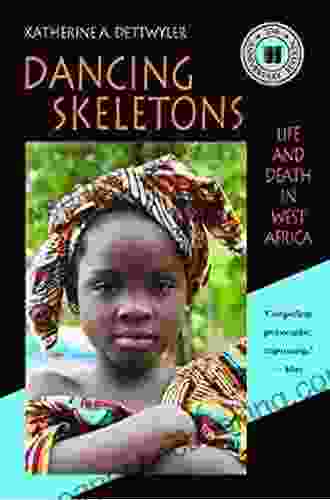
 Drew Bell
Drew BellLife and Death in West Africa: A Groundbreaking Account...
A Journey Through...
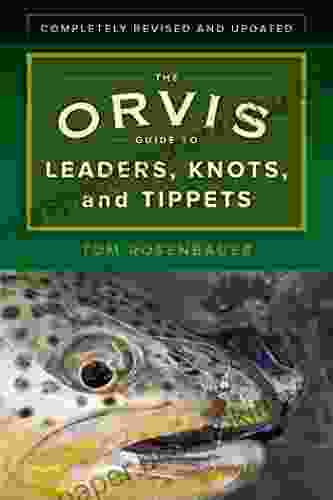
 Stanley Bell
Stanley BellMaster the Art of Fly Fishing Line Management: A...
Are you an avid fly...

 Ernest Powell
Ernest PowellUnleash Your Entrepreneurial Spirit: A Comprehensive...
In the competitive...

 Derrick Hughes
Derrick HughesMaster Your Ride: The Ultimate Guide to Road Bike...
Are you ready to elevate your cycling...
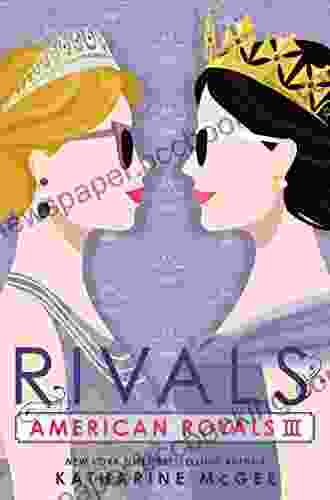
 Camden Mitchell
Camden MitchellUnveiling the Enchanting World of American Royals III:...
Embark on a Captivating Royal Saga: American...
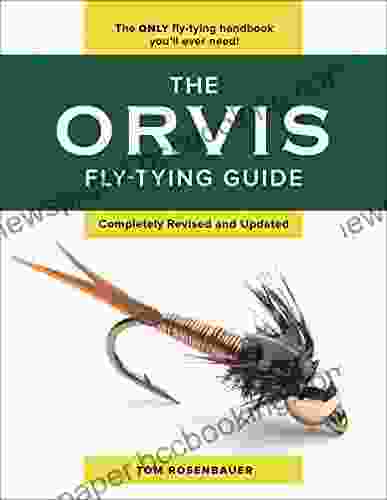
 Richard Simmons
Richard SimmonsUnveiling the Secrets of Fly Tying: A Comprehensive...
In the realm of...
4.6 out of 5
| Language | : | English |
| File size | : | 2837 KB |
| Text-to-Speech | : | Enabled |
| Screen Reader | : | Supported |
| Enhanced typesetting | : | Enabled |
| Word Wise | : | Enabled |
| Print length | : | 406 pages |


